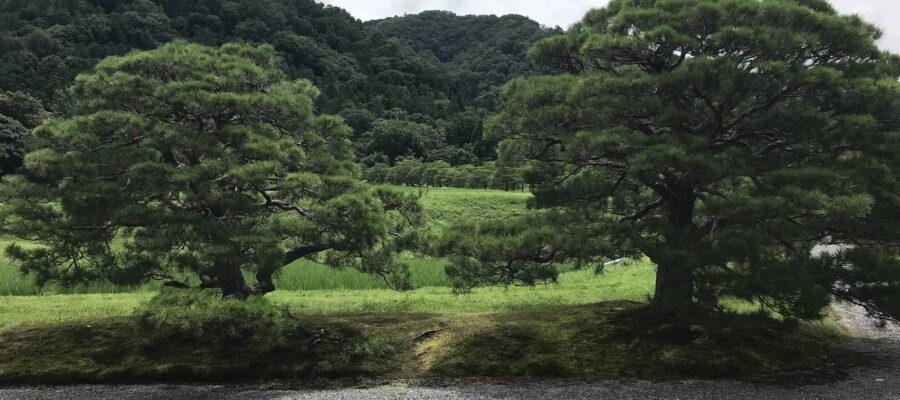【じゃらん】国内25,000軒の宿をネットで予約OK!2%ポイント還元!
後水尾上皇が自ら設計した庭園
後水尾上皇が自ら設計して造営されたという修学院離宮。545,000㎡超の傾斜地に3つの離宮があり、その他の部分は耕作地になっており、訪れた時は広大な敷地が畑の緑に覆われていました。案内の方に従って、後水尾上皇が好んだ花菱紋の透かし彫りがある御幸門から入っていきます。ここも宮内庁管轄なので、案内の方に付いていく見学方式です。
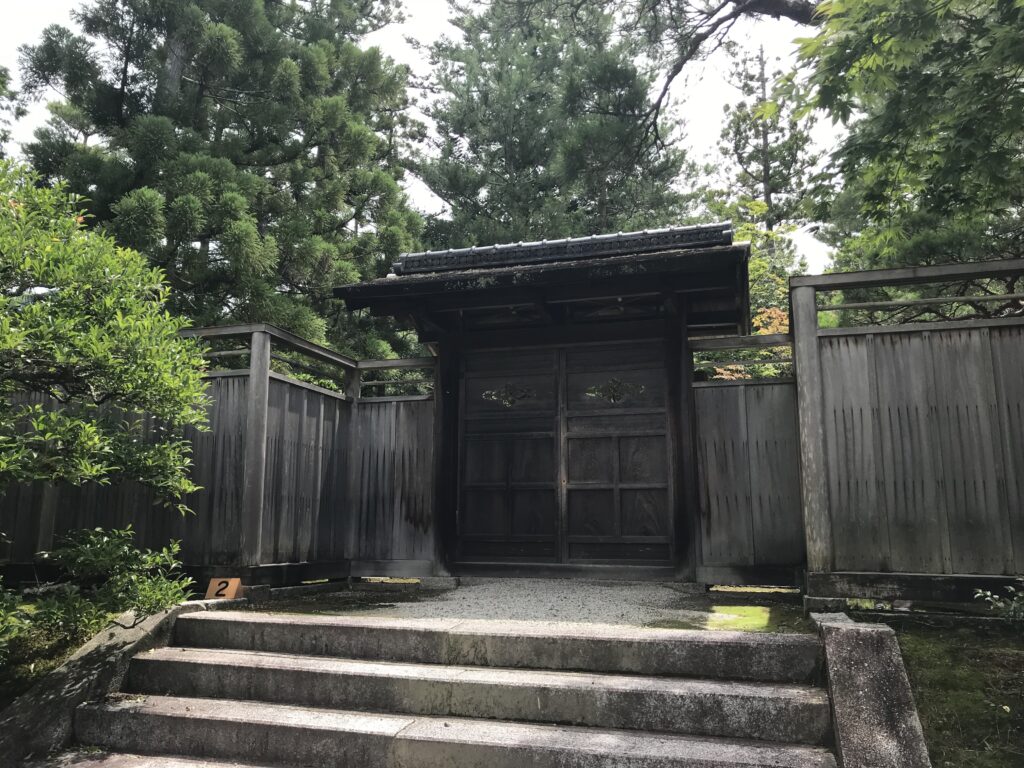
御幸門をくぐると、水草の浮いた池がある庭園に迎えられます。水の流れもあり、小さな石灯篭も設置されています。この下離宮には、創建時では最大の建物であった彎曲閣があったそうですが、比較的早い時期に失われたそうです。
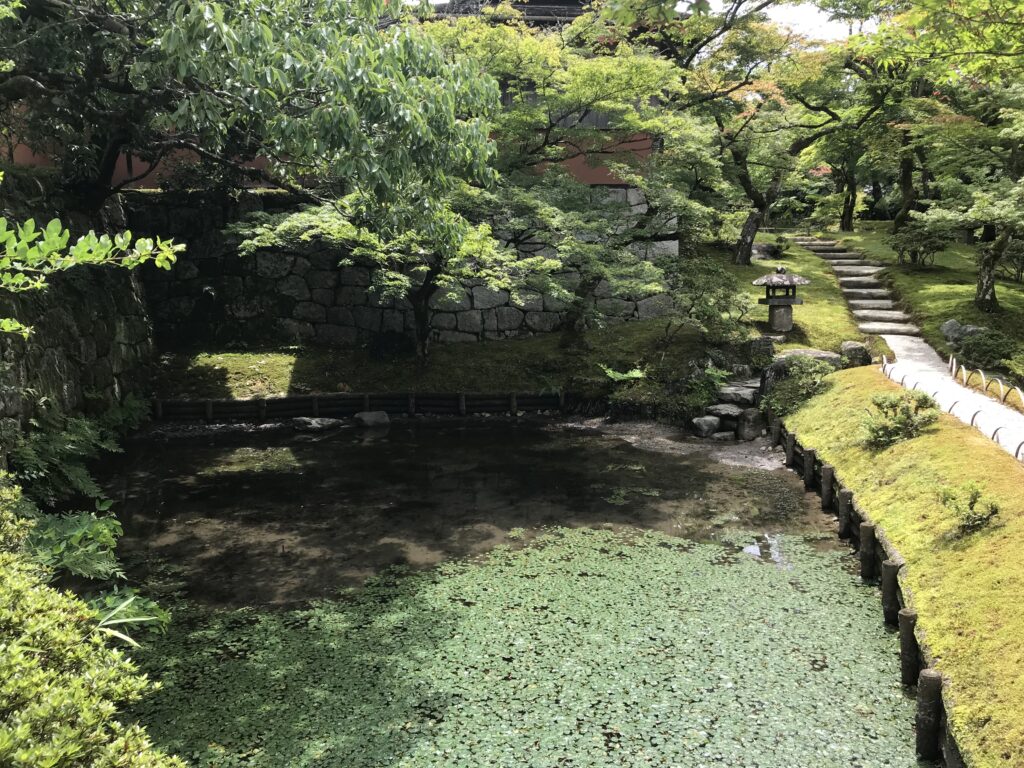
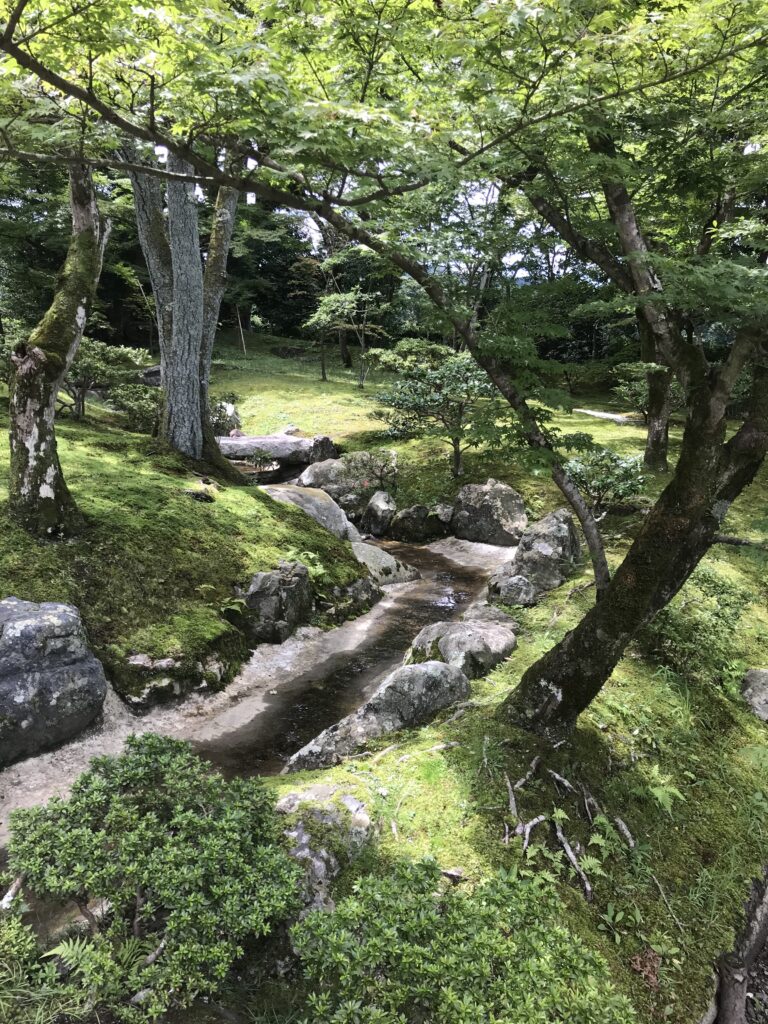
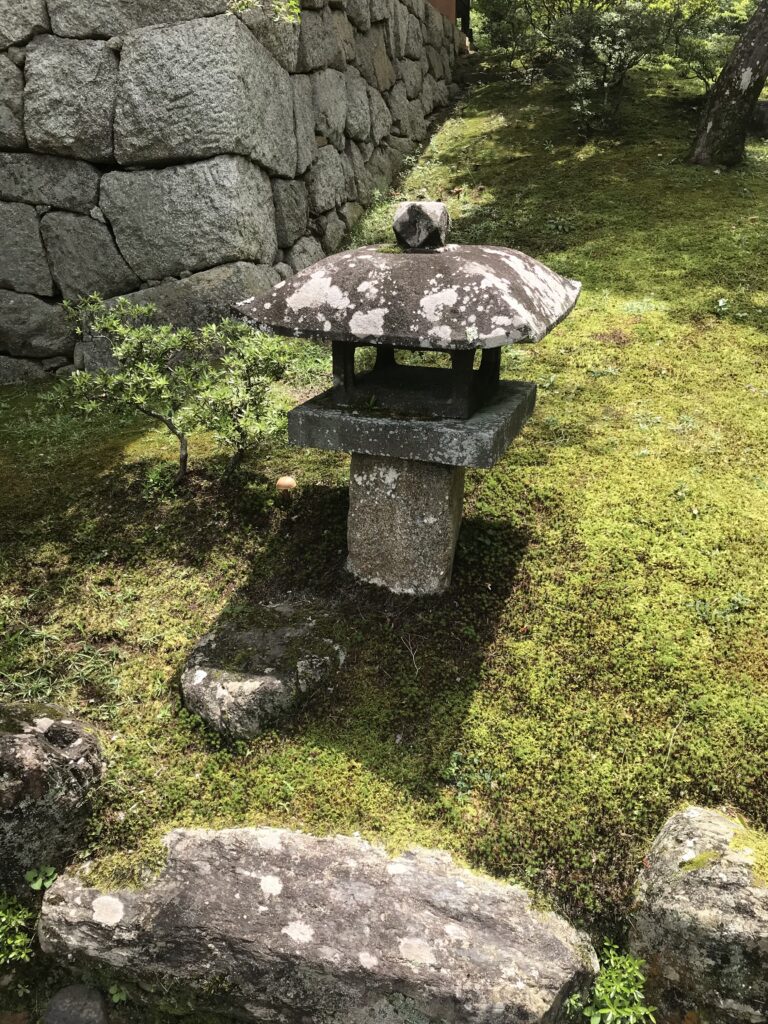
後水尾上皇の宸筆が美しい寿月観の扁額
一通り庭の眺めを楽しんだ後、苑路を進んでいくと、後水尾上皇が御幸した際に御座所として使用された数寄屋風の茶亭、寿月観に着きます。寿月観の隣には滝の石組から水が川となって流れています。この寿月観の扁額は後水尾上皇の宸筆です。桂離宮にある園林堂の扁額も後水尾上皇の宸筆でしたが、どちらも非常に力強く、品のある文字で、私の好きな字体です。
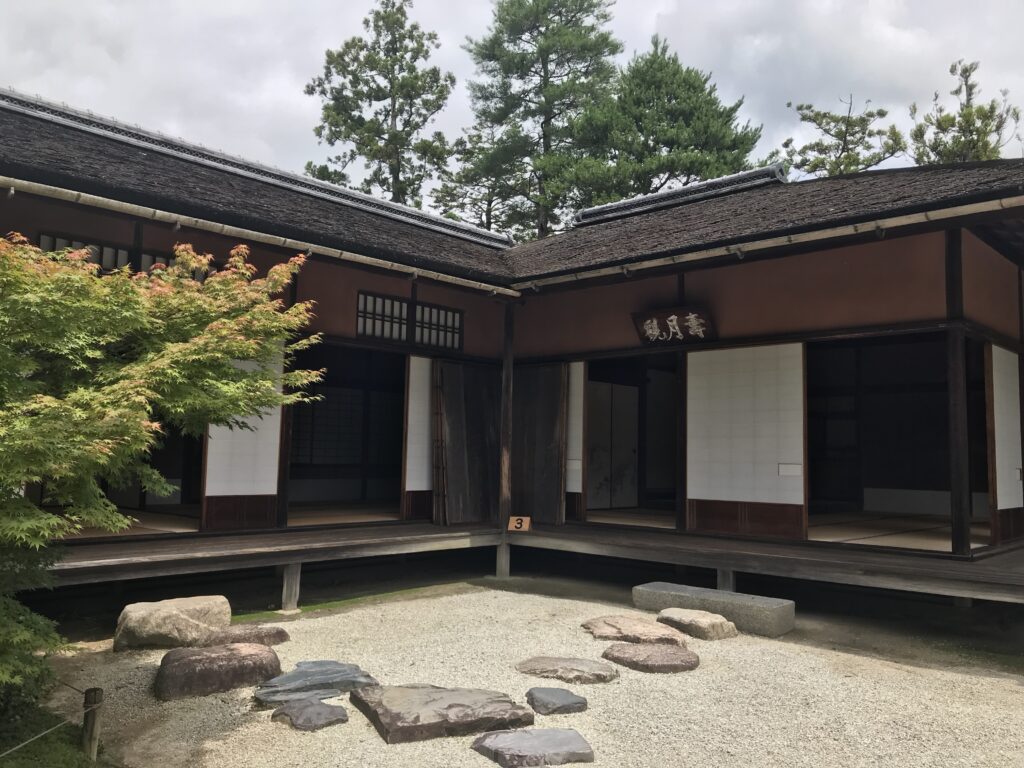
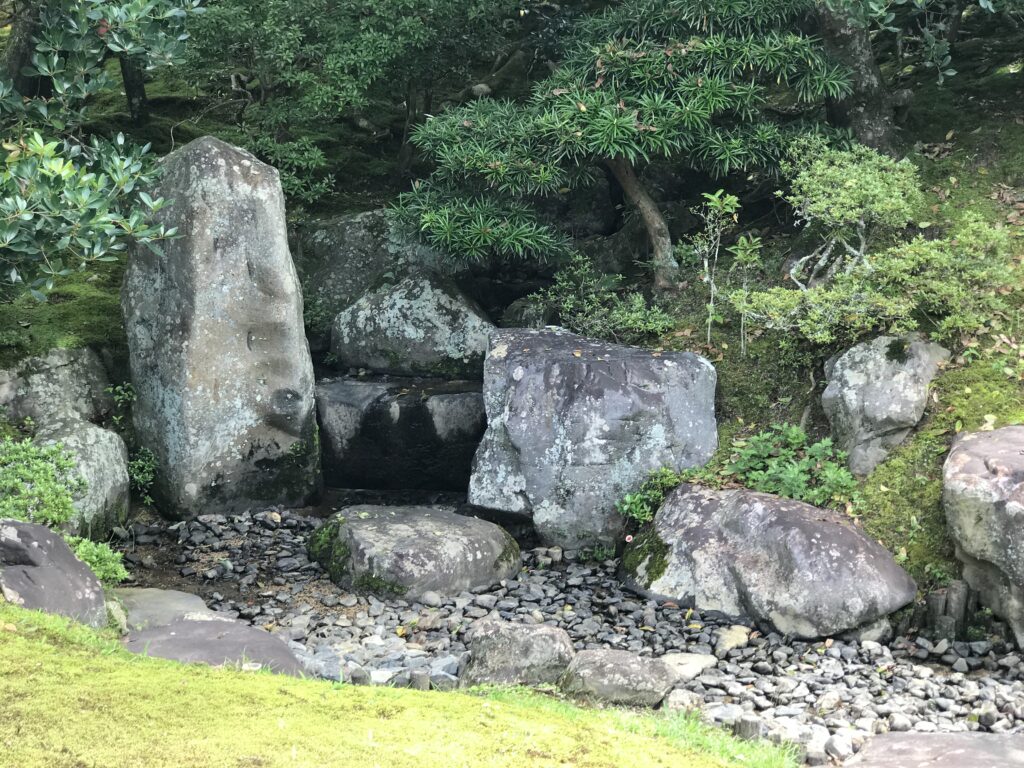
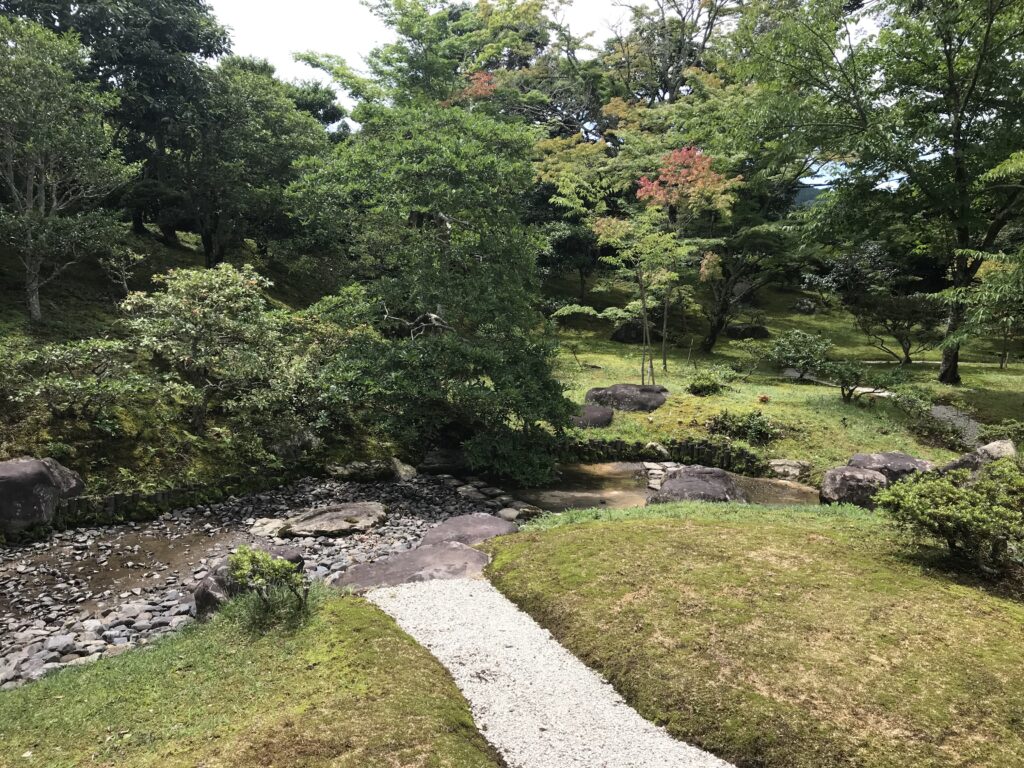
屋外からですが、寿月観の内部を案内していただきました。一の間は15畳の広さですが、三畳の上段が設けられています。飾り棚の戸袋には鶴の絵、下の地袋には岩と蘭の絵が描かれています。創建当時の建物ではありませんが、オリジナルの建物では、上段の上で後水尾上皇が御休息されていたのでしょう。
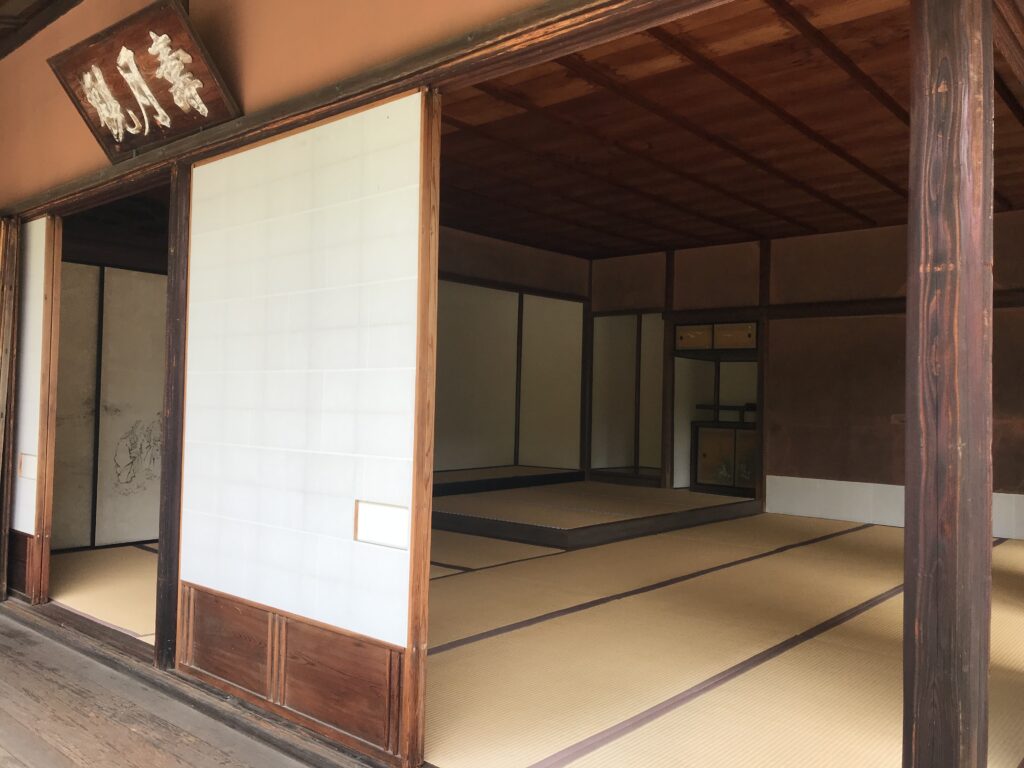
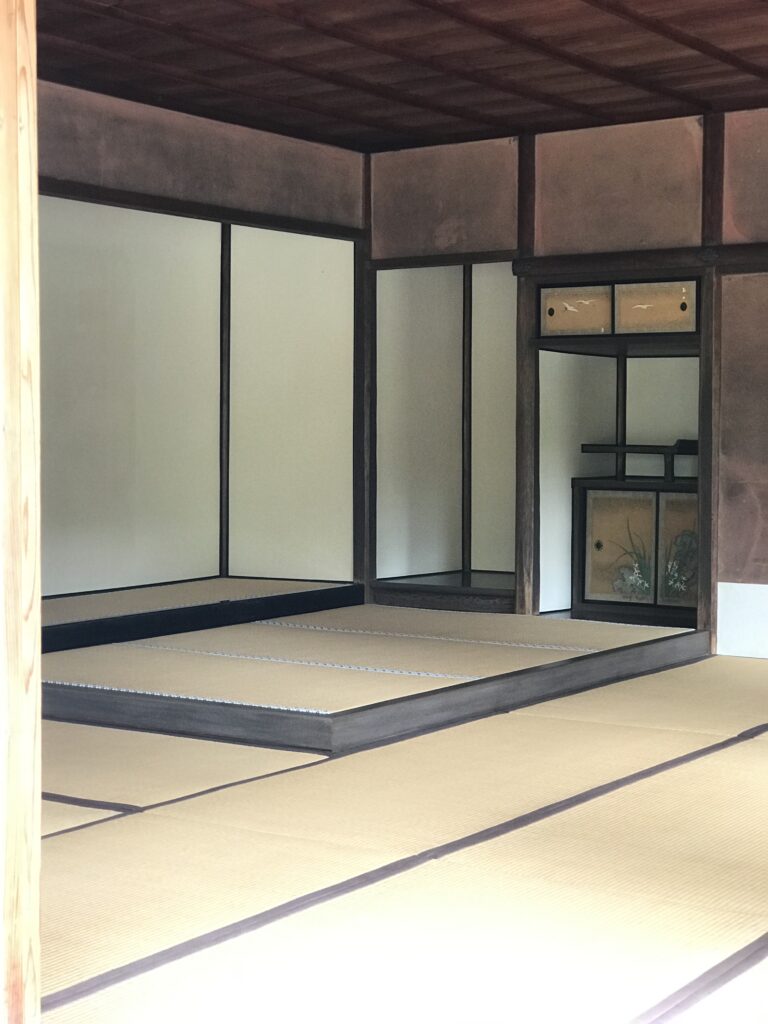
突如現れる田園風景
御幸門と相対する位置にある東門から出て中離宮に向かいますが、東門を出ると突如視界が開け田んぼの向こうに山並みが一望できます。はっと驚くような景色の変化も、後水尾上皇が仕組んだ演出かもしれません。(つづく)
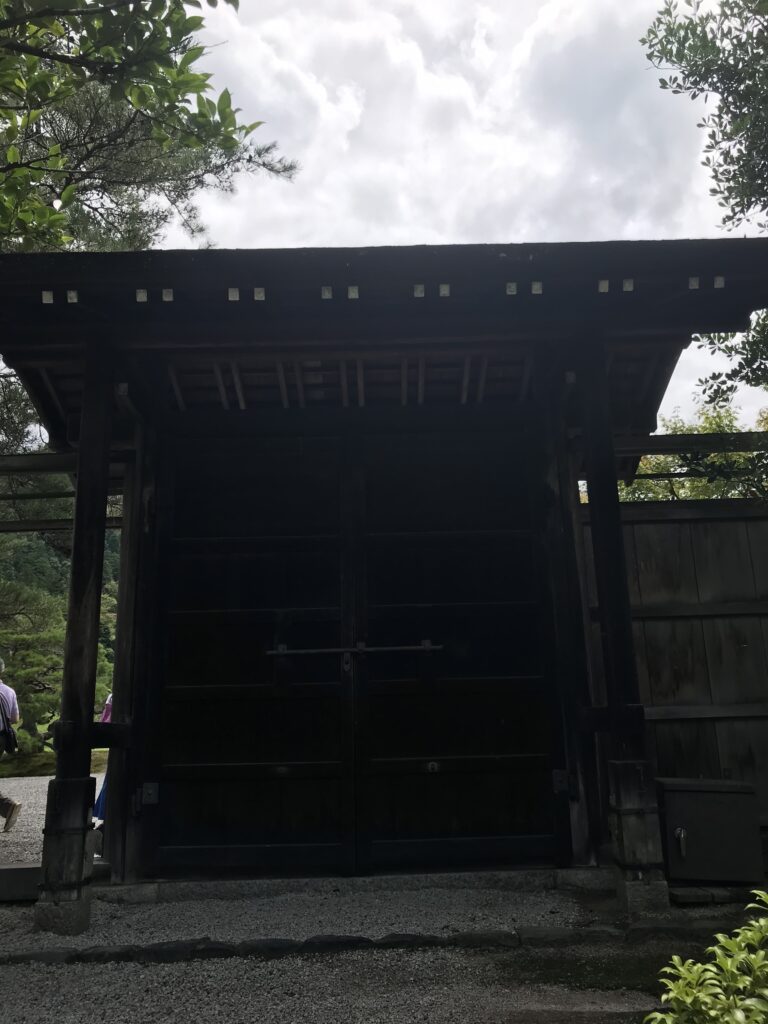
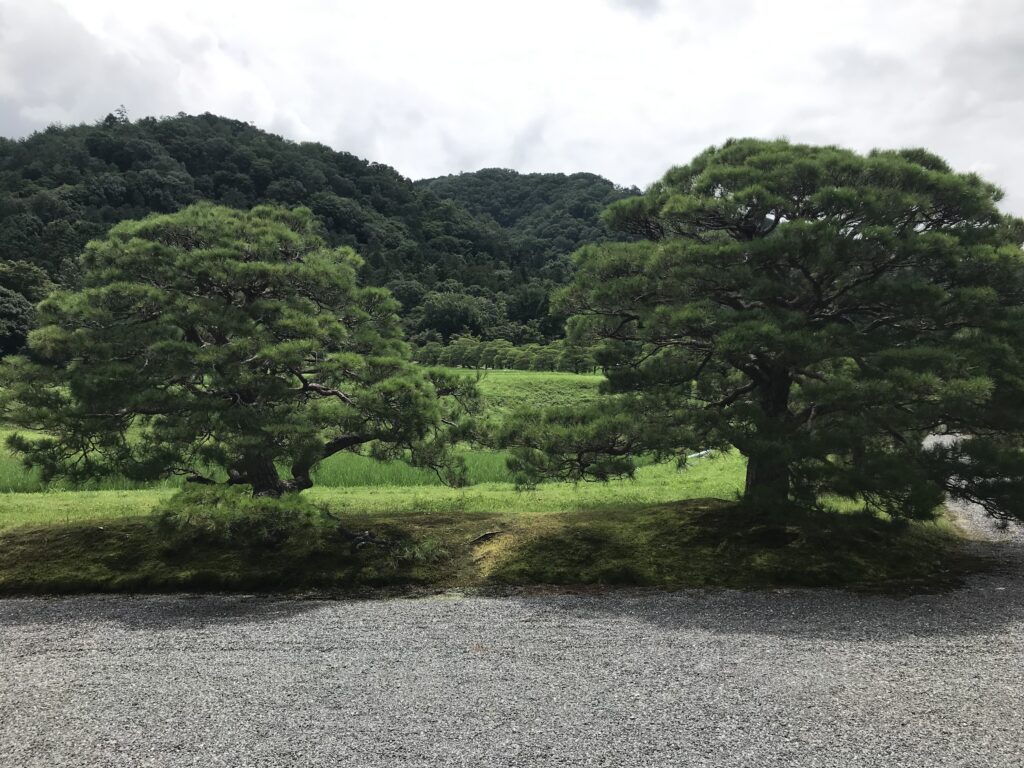
修学院離宮が紹介されている書籍
川瀬昇作さんの「桂離宮・修学院離宮・仙洞御所 庭守の技と心」に修学院離宮が詳述されています。
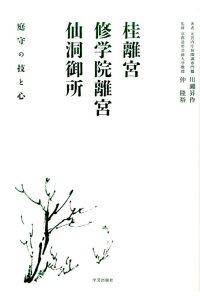
桂離宮・修学院離宮・仙洞御所 庭守の技と心 [ 川瀬 昇作 ]
価格:2,750円
(2021/6/1 14:49時点)
感想(0件)
Shugakuin Rikyu (1) Shimo-Rikyu
The garden was designed by ex-Emperor Go-Mizuno himself.
Shugakuin Rikyu, designed and built by ex-Emperor Go-Mizuno himself, consists of three detached palaces on a sloping site of over 545,000 m2, the rest of which is cultivated land, and when I visited, the vast site was covered with the greenery of fields. Following the guide, I entered through the Gokomon Gate, which has an openwork carving of the hana-hishimon (flower-shaped rhombus) motif favored by Emperor Go-mizuno. Since this gate is also under the jurisdiction of the Imperial Household Agency, I followed the tour guide.
After passing through the Gokomon gate, visitors are welcomed into a garden with a pond with floating water plants. There is also a stream of water and a small stone lantern. In this Shimo-Rikyu, there used to be the largest building at the time of its construction, the Wankyokukaku, but it was lost relatively early on.
The beautiful oblong plaque of Jugetsukan with Emperor Go-mizuno’s Imperial inscription.
After enjoying the view of the garden, continue along the garden path to Jugetsukan, a sukiya-style tea house used by Emperor Go-mizuno as his throne room during his visit. Next to the Jugetsukan is a waterfall with a stone structure that allows the water to flow as a river. The flat plaque of Jugetsu-kan is in the imperial handwriting of ex-Emperor Gomizuno. The calligraphy on the Enrindo plaque at Katsura Rikyu was also by ex-Emperor Gomizuno, and both have a very strong and elegant character style that I like.
From outside, I was given a tour of the interior of the Jugetsukan. The Ichinoma (first room) is 15 tatami mats in size, but has an upper section of three tatami mats. The door pockets of the cabinet are decorated with pictures of cranes, and the lower jibukuro is decorated with pictures of rocks and orchids. Although this is not the building as it was when it was built, in the original building, ex-Emperor Go-mizuno must have rested on the upper level.
Rural landscape suddenly appears
As you exit the east gate, which is located opposite the Miyukimon gate, you will see the Naka-rikyu Palace, which suddenly opens up to a panoramic view of the mountains beyond the rice paddies. This startling change of scenery may have been staged by ex-Emperor Go-mizuno. (To be continued)
Shugakuin Rikyu (1) Shimo-Rikyu
Le jardin a été conçu par l’ancien empereur Go-Mizuno lui-même.
Shugakuin Rikyu, conçu et construit par l’ex-empereur Go-Mizuno lui-même, consiste en trois palais indépendants sur un site en pente de plus de 545 000 m2, le reste étant des terres cultivées, et lors de ma visite, le vaste site était couvert de la verdure des champs. Suivant le guide, je suis entré par la porte Gokomon, qui présente une sculpture ajourée du motif hana-hishimon (losange en forme de fleur) favorisé par l’empereur Go-mizuno. Comme cette porte est également sous la juridiction de l’Agence de la Maison Impériale, j’ai suivi le guide touristique.
Après avoir franchi la porte Gokomon, les visiteurs sont accueillis dans un jardin avec un étang où flottent des plantes aquatiques. Il y a également un ruisseau d’eau et une petite lanterne en pierre. Dans ce Shimo-Rikyu, il y avait autrefois le plus grand bâtiment à l’époque de sa construction, le Wankyokukaku, mais il a été perdu relativement tôt.
La belle plaque oblongue de Jugetsukan avec l’inscription impériale de l’empereur Go-mizuno.
Après avoir profité de la vue sur le jardin, continuez le long du chemin du jardin jusqu’au Jugetsukan, une maison de thé de style sukiya utilisée par l’empereur Go-mizuno comme salle de trône lors de sa visite. À côté du Jugetsukan se trouve une chute d’eau avec une structure en pierre qui permet à l’eau de couler comme une rivière. La plaque plate du Jugetsu-kan est écrite de la main impériale de l’ex-empereur Gomizuno. La calligraphie de la plaque Enrindo du Katsura Rikyu a également été réalisée par l’ex-empereur Gomizuno, et les deux ont un style de caractère très fort et élégant que j’aime.
De l’extérieur, on m’a fait visiter l’intérieur du Jugetsukan. L’Ichinoma (première pièce) a une taille de 15 tatamis, mais sa section supérieure est composée de trois tatamis. Les pochettes de porte de l’armoire sont décorées d’images de grues, et le jibukuro inférieur est décoré d’images de rochers et d’orchidées. Bien qu’il ne s’agisse pas du bâtiment tel qu’il était au moment de sa construction, dans le bâtiment original, l’ex-empereur Go-mizuno a dû se reposer au niveau supérieur.
Un paysage rural apparaît soudainement
En sortant de la porte est, située en face de la porte Miyukimon, vous verrez le palais Naka-rikyu, qui s’ouvre soudainement sur une vue panoramique des montagnes au-delà des rizières. Ce changement de décor saisissant a peut-être été mis en scène par l’ex-empereur Go-mizuno. (A suivre)
